Business and community competition winners have been selected as part of a ground breaking trial that will provide access to open data on local electricity networks. The winning innovation ideas could have a real impact on the future of local networks while providing benefits to a wide range of users.
The OpenLV project selected 17 applications from the business and academic arena as well as 7 successful applications, including Tamar Energy Community, from community organisations. All 24 projects will now progress to the next stage, in most cases developing apps to access data from the networks.
OpenLV, a Network Innovation Competition project led by Western Power Distribution and EA Technology, is opening up live data from local electricity networks for the first time.
Examples of community projects that have been successful in being approved for OpenLV trials include apps that will:
- Enable home owners to use energy generation and storage in the most effective way
- Provide a visual representation of substation demand and local generation in order to inform the development of local tariffs
- Show energy demand across a village, to help balancing of local generation, storage and demand
- Help optimise the match between photovoltaics (PV) and heat pump installations, so that local households flex their demand to minimise losses in the low voltage network
- Let households know when there is high demand at the local substation, to help build the case for local business models
- Create a public approach to reducing peak demand on substations, to lower carbon emissions, and ultimately help tackle fuel poverty
- Raise awareness of energy usage in a tower block and demonstrate how residents can save money on bills by shifting demand from peak times.
Some examples of business and academic projects that are due to access data through OpenLV are as follows:
- Studying the effects that localised renewables-based generation and consumption would have on local energy services
- Investigating how future energy technology in homes could help alleviate low voltage network grid constraints and allow the roll-out of low carbon technologies without the need for costly reinforcement
- Feeding LV network data into a prototype energy project identification platform that identifies solar energy and ground source heat pump potential as well as building performance
- Utilising LV network data and a dedicated OpenLV platform to implement managed EV charging
- Bringing LV network data and existing academic research into the construction of a dynamic pricing model based on current grid demand integrated with an energy trading platform
- Developing a software application that allows electrical appliances to be automatically managed according to smart grid requirements.
Mark Dale, Innovation Project Manager at Western Power Distribution, comments: “Having greater visibility of local network power flows will give Network Operators the confidence to accept greater numbers of Low Carbon Technologies such as Electric Vehicle charge points and Distributed Generation. OpenLV, with the LV-CAP™ platform, will open up information about the capacity of local networks and create this visibility for WPD as well as for the successful participants.”
Richard Potter, EA Technology’s OpenLV Project Manager, adds: “When we opened the competition for businesses and communities to submit ideas for using open, live electricity data, we didn’t know what response to expect, so I’m delighted that we’ve had so many applications, and so many good ideas to progress to the trial stage.
“Ultimately, the technology being trialled by OpenLV is expected to be adopted in substations throughout Britain, providing useful data to a wide range of sectors including electric vehicle charging companies, renewable energy developers, property developers, facilities managers, smart city planners, operators of private energy networks, the electricity industry itself, and of course local communities.”
Find out more at www.openlv.net. To watch a short video that explains the OpenLV project visit: www.openlv.net/resources.
About OpenLV
The OpenLV Project is trialling an open software platform in electricity substations that can monitor substation performance and electricity demand. The LV-CAP™ platform is designed to integrate with third party products to enable network control and automation, and increased customer participation in network management. The platform will host applications provided by a diverse set of developers, such as community groups, businesses and universities, providing a variety of services to network operators, communities and the wider industry.
As part of the OpenLV project, the software will be installed in 80 Low Voltage (LV) distribution substations located in Western Power Distribution’s (WPD’s) licence areas – the Midlands, the South West and South Wales. The software could ultimately be deployed across the electricity network.
The project will use three approaches to demonstrate the platform’s ability to provide benefits to the network owner, customers and service providers.
OpenLV Partners
EA Technology
EA Technology is an employee-owned organisation offering high-tech instruments, software, electrical services and technical consultancy to the operators of power networks around the world. Through its Strategy & Interventions division it delivers innovative end-to-end solutions to facilitate the introduction of low carbon technologies to future proof electricity networks, resulting in lower cost connections, prompt adoption and reduced risk to business.
Western Power Distribution
Western Power Distribution is the company responsible for electricity distribution in the Midlands, South West and Wales. Its business serves over 7.8 million customers and it employs over 6,000 members of staff to ensure the highest quality of service. Western Power Distribution is regulated by Ofgem (the Office of the Gas and Electricity Markets) and it is very proud to have been awarded the Government’s Charter Mark, now known as the Customer Service Excellence award, since 1992.
OpenLV project suppliers are Nortech, Lucy Electric GridKey, CSE and Regen.
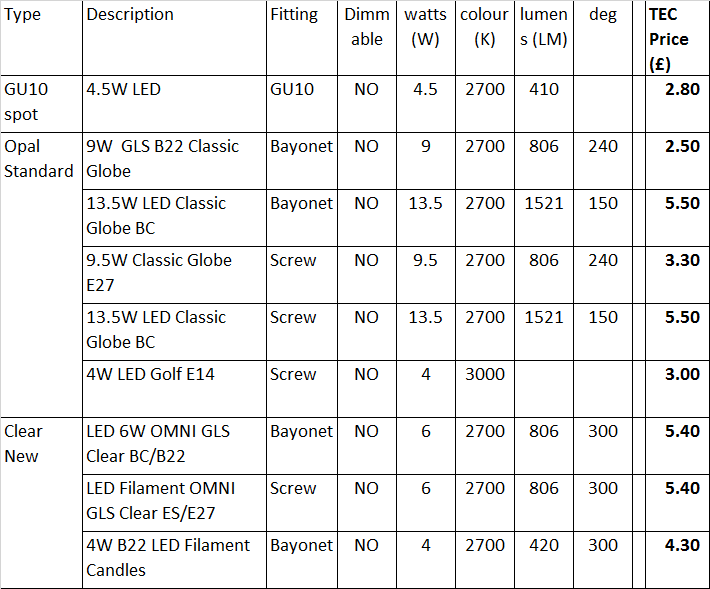



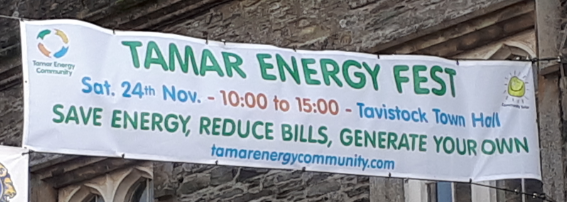
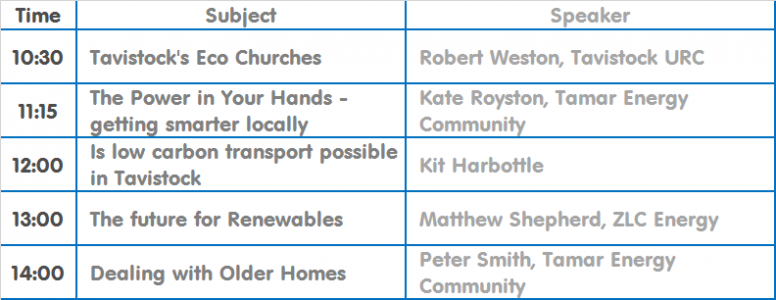











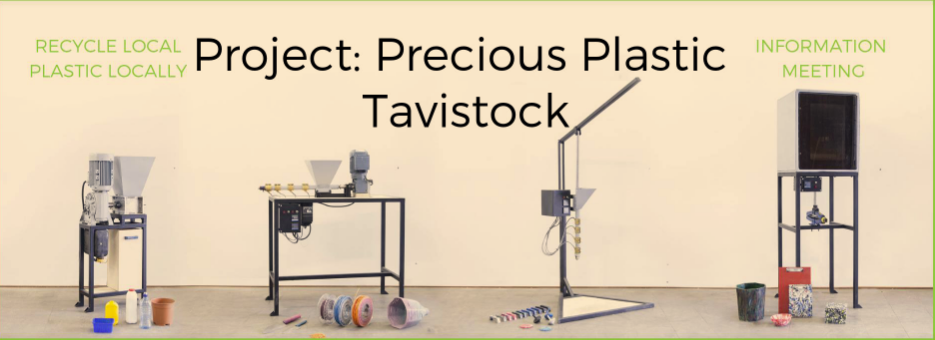


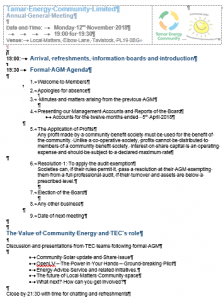
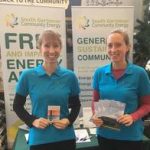
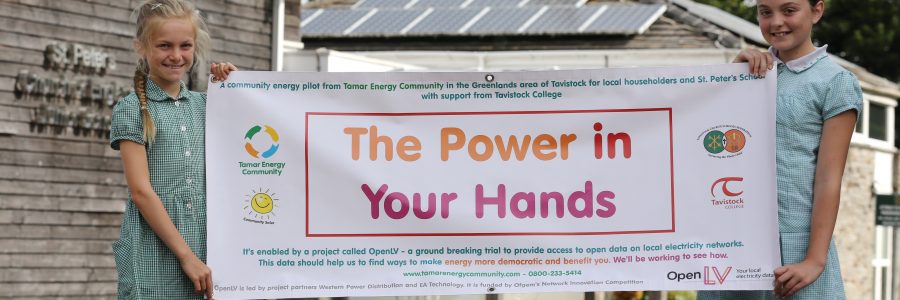
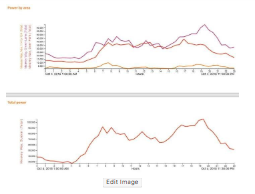
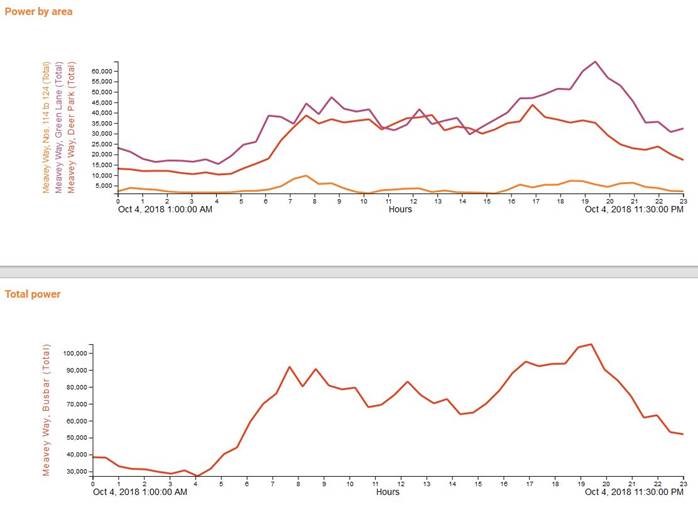
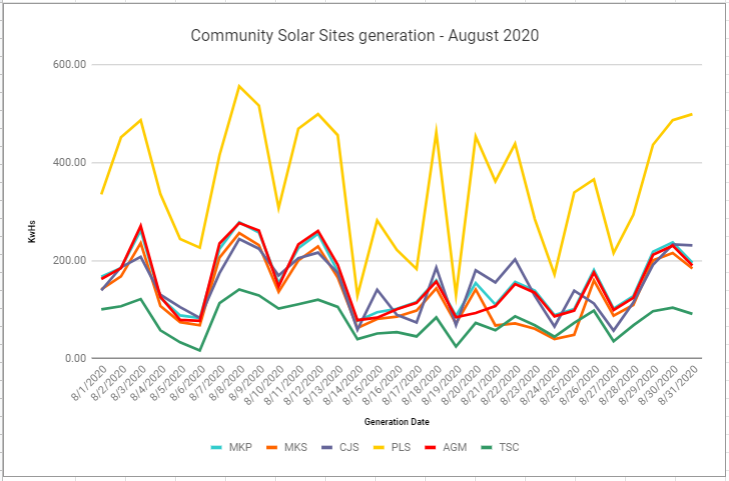
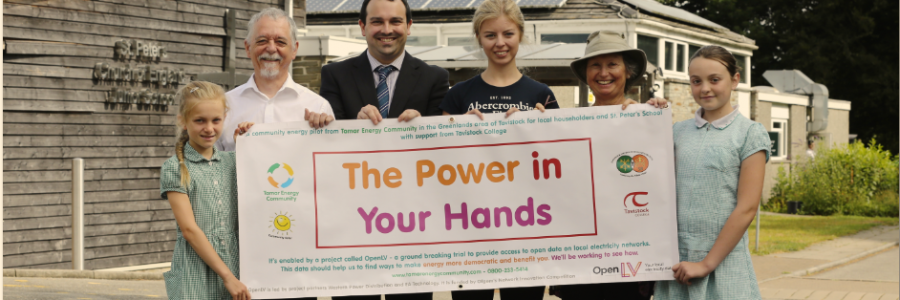
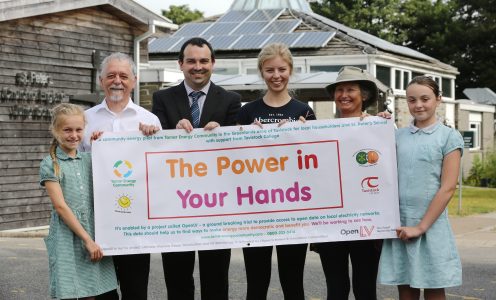
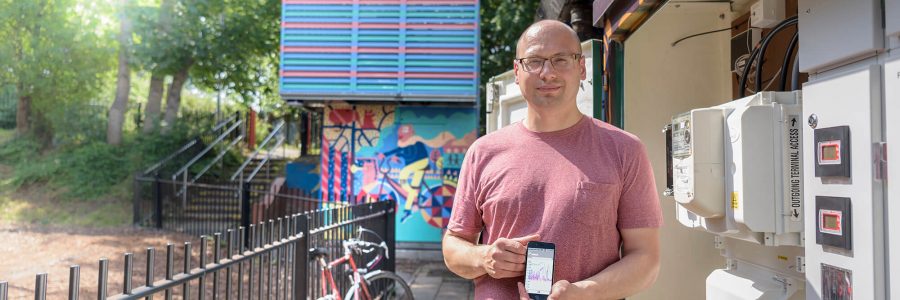
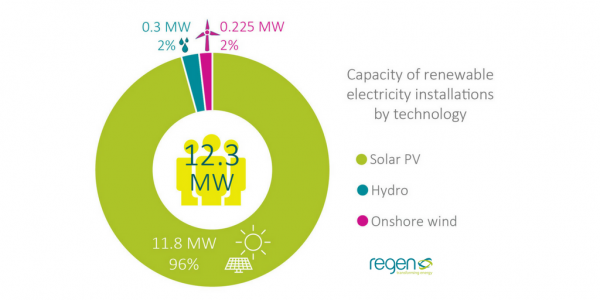
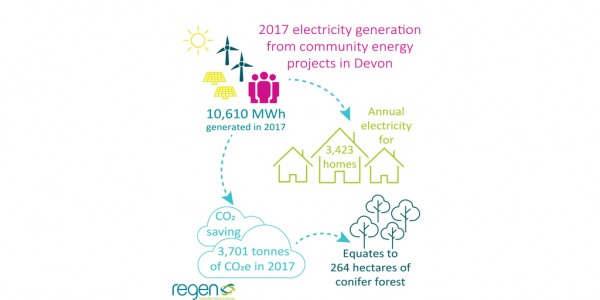 Look at the huge CO2 equivalent savings made by Devon Community Energy organisations from generating green energy through renewables!
Look at the huge CO2 equivalent savings made by Devon Community Energy organisations from generating green energy through renewables!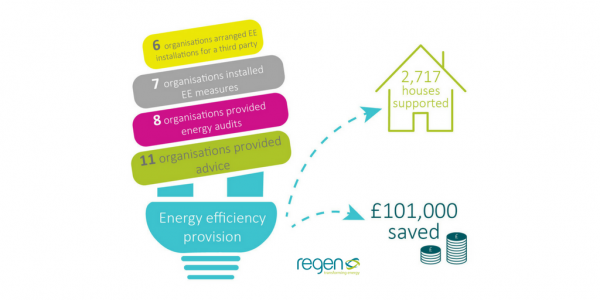 Through energy advice, energy efficiency measures and tariff switching, Devon Community Energy organisations are tackling fuel poverty.
Through energy advice, energy efficiency measures and tariff switching, Devon Community Energy organisations are tackling fuel poverty.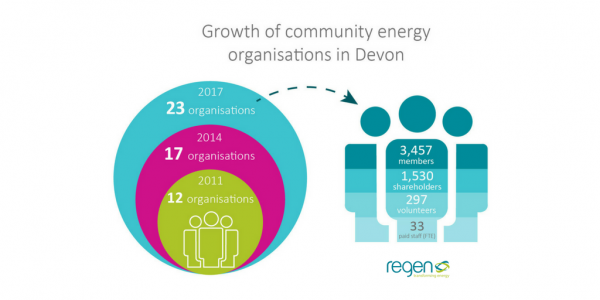
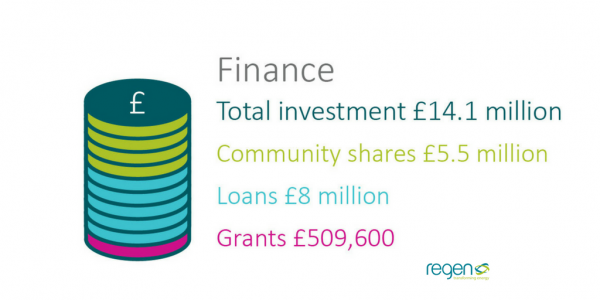
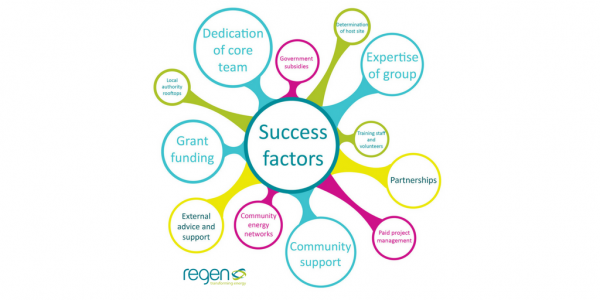 Here are the key success factors highlighted by Devon Community Energy organisations.
Here are the key success factors highlighted by Devon Community Energy organisations.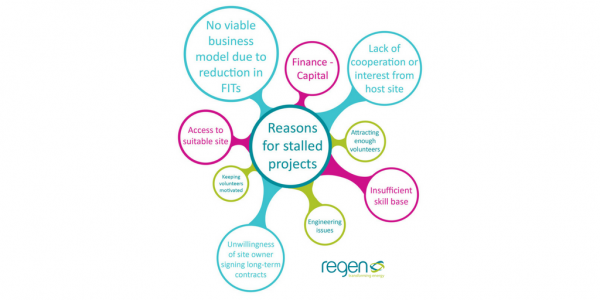 A lack of viable business models due to reduction in FIT was the most common reasons causing some Devon Community Energy projects to stall.
A lack of viable business models due to reduction in FIT was the most common reasons causing some Devon Community Energy projects to stall.